Results
-
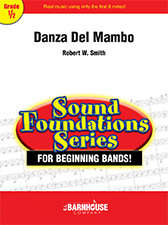 £45.00
£45.00Danza Del Mambo (Concert Band - Score and Parts) - Smith, Robert W.
Using only the first six notes introduced in most band methods, Robert W. Smith gives us "Danza Del Mambo" for beginning band. Written in the classic Cuban dance style, this mambo features the percussion section using standard Latin percussion instruments such as claves, maracas, guiro and agogo bells. The flowing melodic line over the infectious Latin mambo groove will have your musicians moving and the audience dancing in the aisles! Duration: 1.40
Estimated dispatch 7-14 working days
-
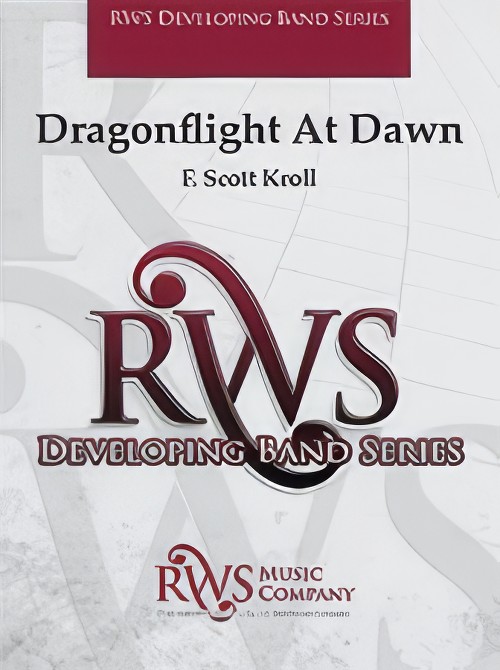 £65.00
£65.00Dragonflight at Dawn (Concert Band - Score and Parts) - Kroll, F. Scott
Just before the sun breaks through the morning clouds, the Dragon Riders prepare their mighty beasts for flight. In this exciting piece for developing band, take your musicians and audience to the skies as the dragons soar through the clouds reigning over the world below. Your students will love this imaginative work by F. Scott Kroll! Duration: 2.15
Estimated dispatch 7-14 working days
-
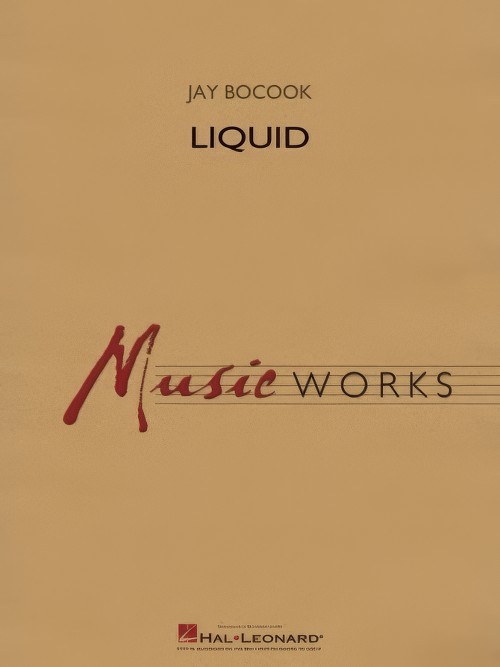 £118.99
£118.99Liquid (Concert Band - Score and Parts) - Bocook, Jay
Liquid portrays the many different ways that water moves around us. From the opening raindrops and first few notes upon which the piece is built, this fast-paced and engaging work takes us through a series of variations that depict cascading waterfalls, flowing rivers, crashing waves, trickling creeks, and ripples over the surface of a calm lake. The piece culminates with a thunderous setting of the 13th-century Latin hymn Dies Irae, Day of Wrath. Duration: 5:30
Estimated dispatch 7-14 working days
-
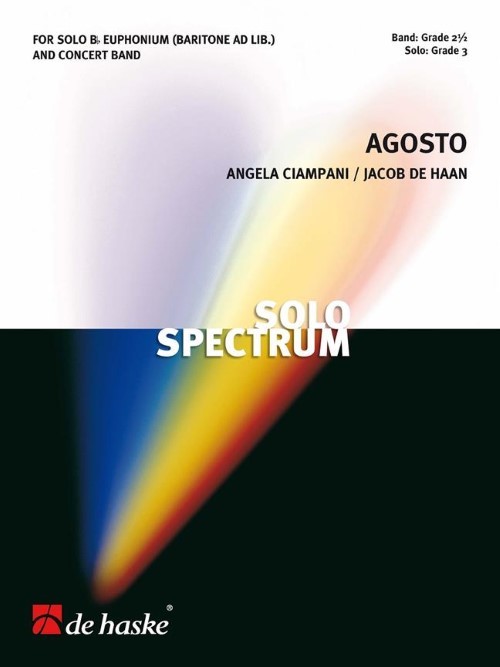 £102.99
£102.99Agosto (Euphonium Solo with Concert Band - Score and Parts) - De Haan, Jacob
The main theme of this composition was created on a clear, starry night on the 10th of August. While writing it, the Italian composer Angela Ciampani was inspired by her son Lorenzo and the sight of stars over the green hills of Umbria. Initially, it was a short solo for trumpet and piano: subsequently, Jacob de Haan extended and rewrote the composition for euphonium solo and band. This arrangement was created for the celebration of the 170th and 20th anniversaries, respectively, of the concert bands of Monteleone d'Orvieto and Citt della Pieve. Duration: 3.45
Estimated dispatch 7-14 working days
-
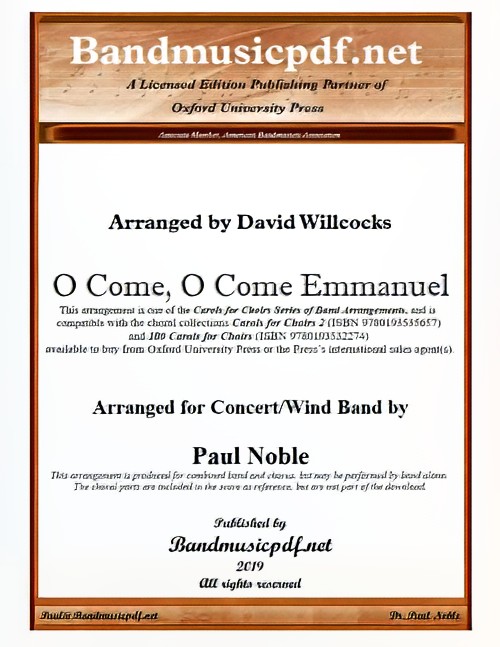 £75.00
£75.00O Come, O Come Emmanuel (Concert Band with Optional Choir - Score and Parts) - Noble & Willcocks
O come, O come Emmanuel is a Christian hymn for Advent and Christmas. It is a translation of a Latin hymn, Veni, veni, Emmanuel, itself a metrical paraphrase of the O Antiphons, a series of plainchant antiphons attached to the Magnificat at Vespers over the final days before Christmas. The 1861 translation from Hymns Ancient and Modern is the most prominent by far in the English-speaking world, but other English translations also exist., Translations into other modern languages (particularly German) are also in widespread use. This arrangement for Concert/Wind Band represents one in the series of band arrangements compatible with David Willcocks Carols for Choirs, Book 2 (#27).
Estimated dispatch 7-14 working days
-
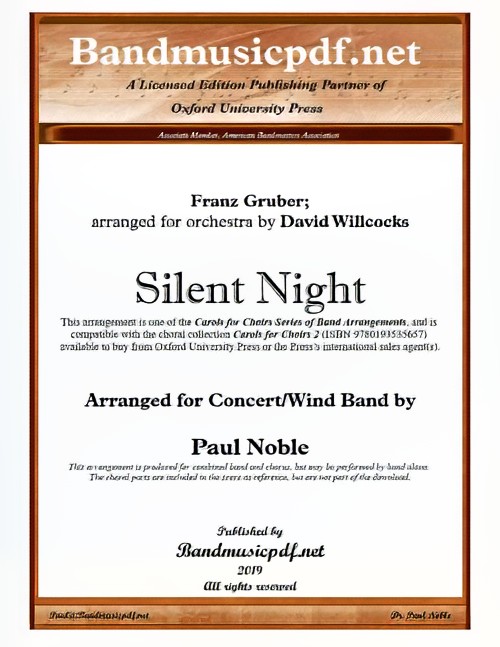 £75.00
£75.00Silent Night (Concert Band with Optional Choir - Score and Parts) - Gruber, Franz - Noble & Willcocks
Silent Night (German: Stille Nacht, heilige Nacht) is a popular Christmas carol, composed in 1818 by Franz Xaver Gruber to lyrics by Joseph Mohr in the small town of Oberndorf bei Salzburg, Austria. It was declared an intangible cultural heritage by UNESCO in 2011. Over the years, because the original manuscript had been lost, Mohr's name was forgotten and although Gruber was known to be the composer, many people assumed the melody was composed by a famous composer, and it was variously attributed to Haydn, Mozart, or Beethoven. However, a manuscript was discovered in 1995 in Mohr's handwriting and dated by researchers as c. 1820. It states that Mohr wrote the words in 1816 when he was assigned to a pilgrim church in Mariapfarr, Austria, and shows that the music was composed by Gruber in 1818. This is the earliest manuscript that exists and the only one in Mohr's handwriting. The song has been recorded by a large number of singers across many music genres. This haunting setting by David Willcocks also includes slight textual alterations to the piece that has been translated into about 140 languages. This arrangement represents one in the Series of Band Arrangements compatible with David Willcocks' Carols for Choirs.
Estimated dispatch 7-14 working days
-
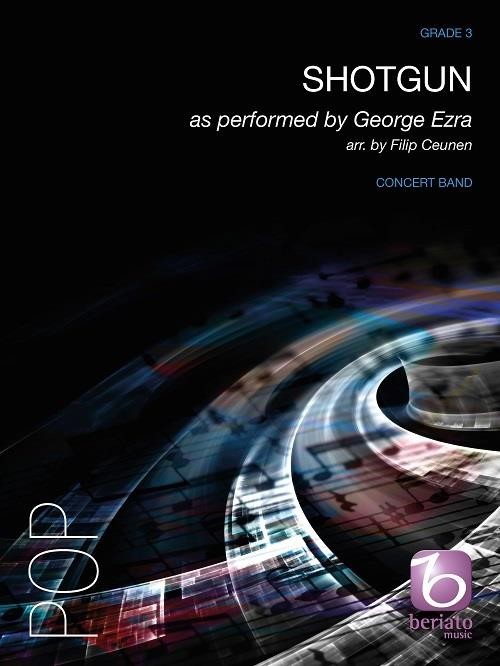 £84.99
£84.99Shotgun (Concert Band - Score and Parts) - Ceunen, Filip
George Ezra was inspired to write this song after a road trip with his friends. A hit all over the world, the song has a very funny and original video. Brighten up your concert with this lovely tune!
Estimated dispatch 7-14 working days
-
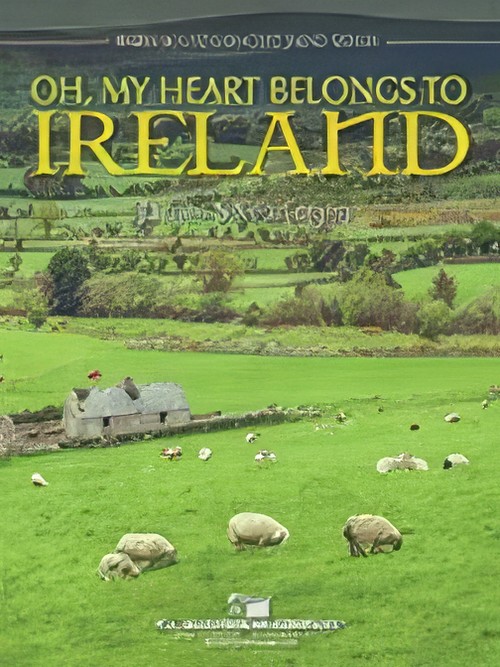 £68.00
£68.00Oh, My Heart Belongs to Ireland (Concert Band - Score and Parts) - Swearingen, James
It's virtually impossible to visit Ireland without feeling an instant appreciation for the scenic countryside, the endearing charm of its many citizens, and for the deep-rooted history of the country's many crowning achievements. Solo trumpet/cornet (cued for euphonium) packaged with a brief, but optional, vocal solo highlights the beginning and ending of this beautiful piece. The middle section is pure Irish charm with a light and lively theme performed over the drones of bagpipes along with the rudimental sounds of drummers drumming. Simply stunning! Duration: 3.30
Estimated dispatch 7-14 working days
-
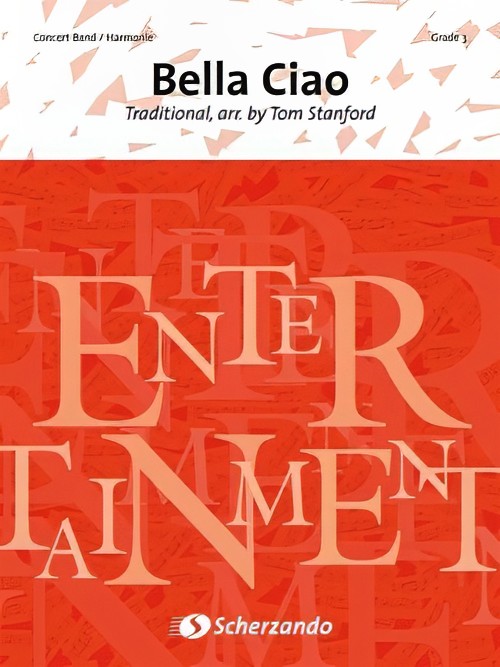 £76.99
£76.99Bella Ciao (Concert Band - Score and Parts) - Stanford, Tom
Bella Ciao is a traditional song of uncertain origin. Many versions have appeared over the years: the song now enjoys new popularity because of a dance version, and as the theme for the NETFLIX Series La Casa del Papel. This dynamic arrangement was created by band director Tom Stanford.
Estimated dispatch 7-14 working days
-
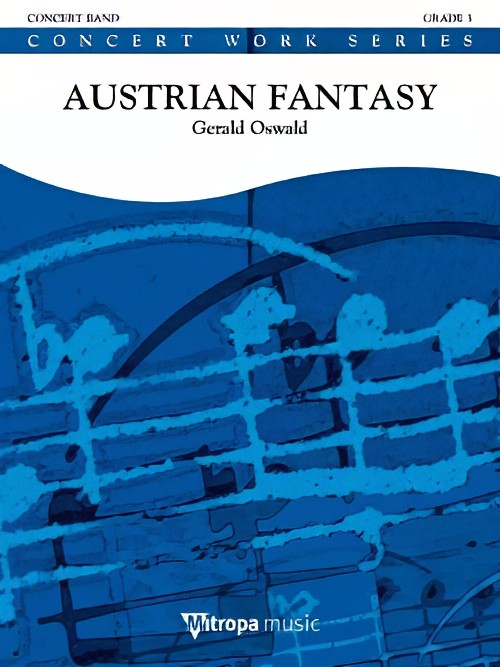 £109.99
£109.99Austrian Fantasy (Concert Band - Score and Parts) - Oswald, Gerald
Modern Austria has been shaped by various historic events over the last 100 years. In his piece Austrian Fantasy, composer Gerald Oswald works various motifs of the three different Austrian national anthems of this period into the music. The anthems serve as a testament to the political culture of Austria, which has left its mark on the nation. A piece of Austrian history is shaped into this work.Duration: 6:00
Estimated dispatch 7-14 working days
